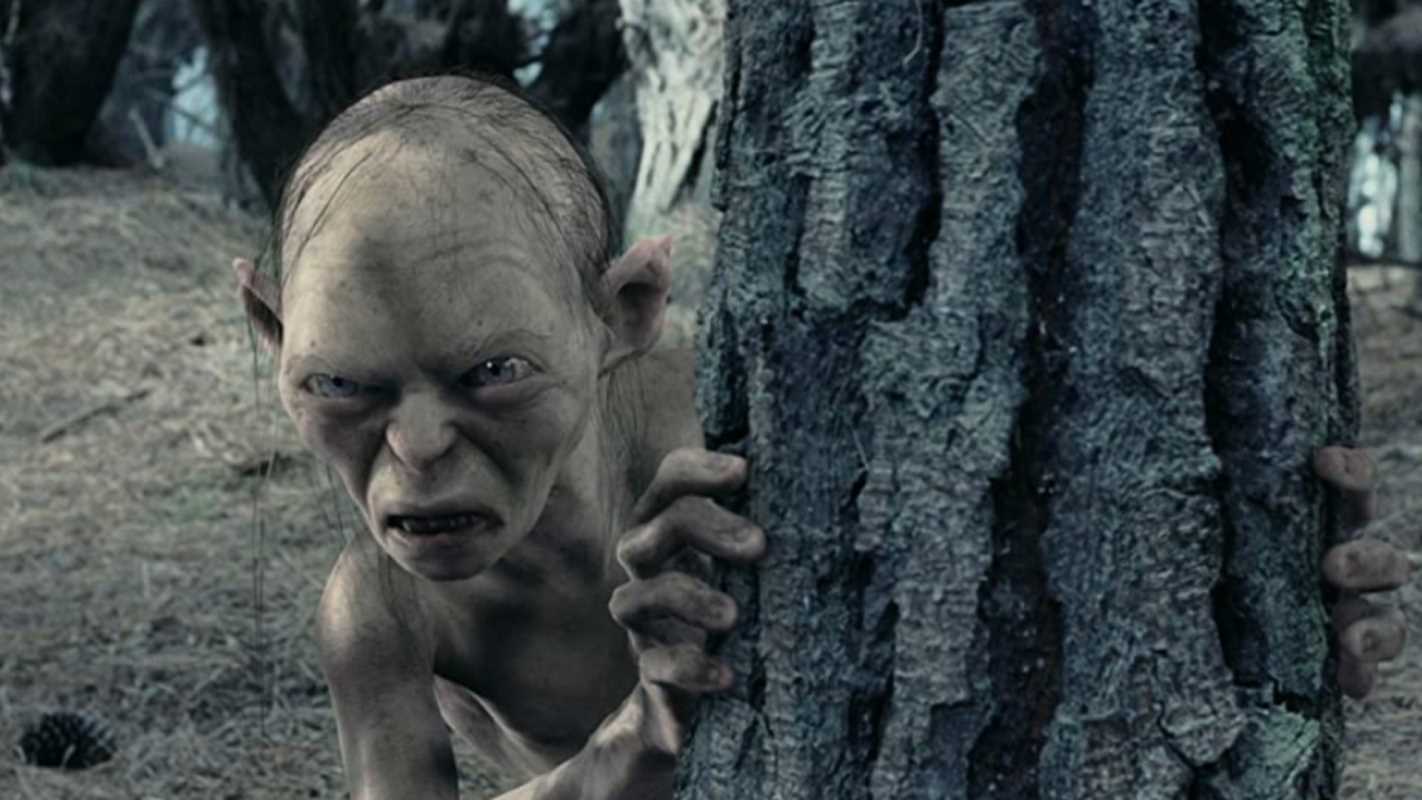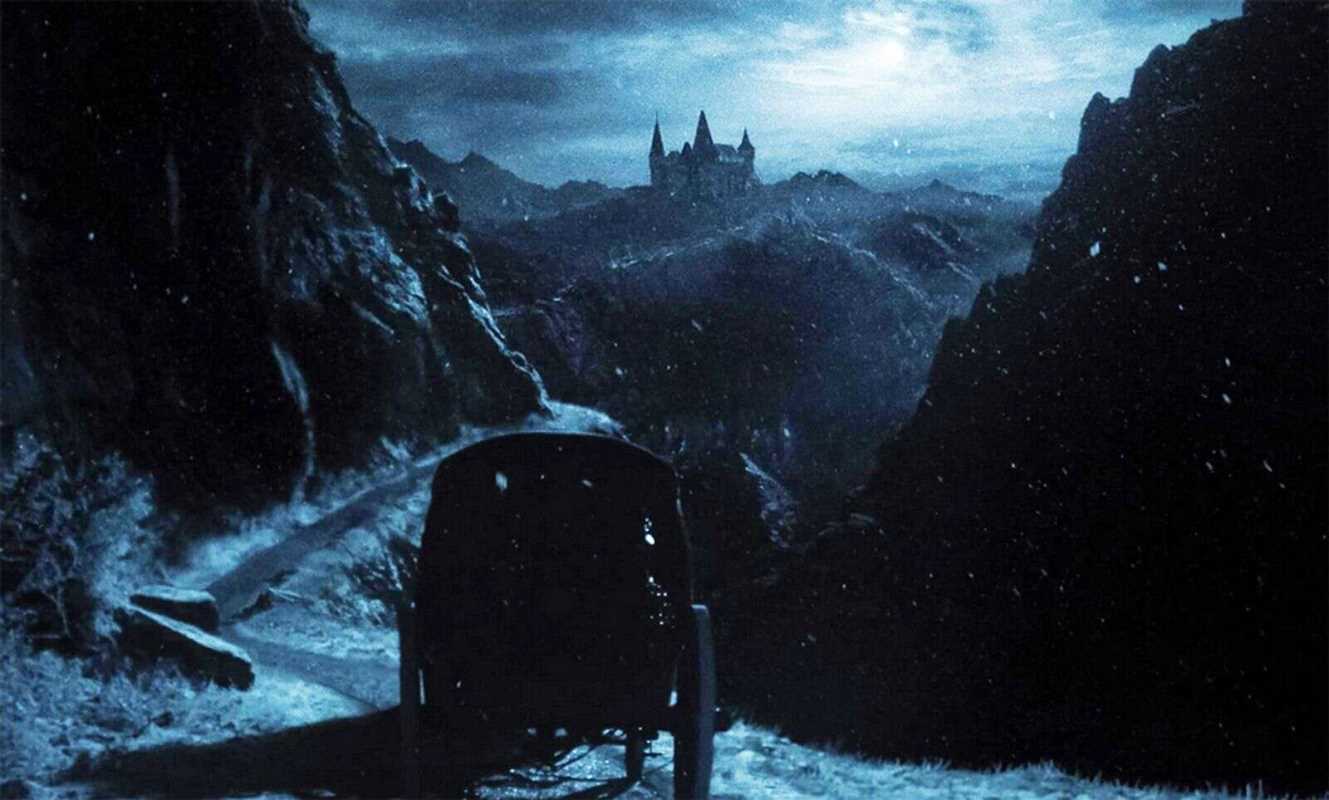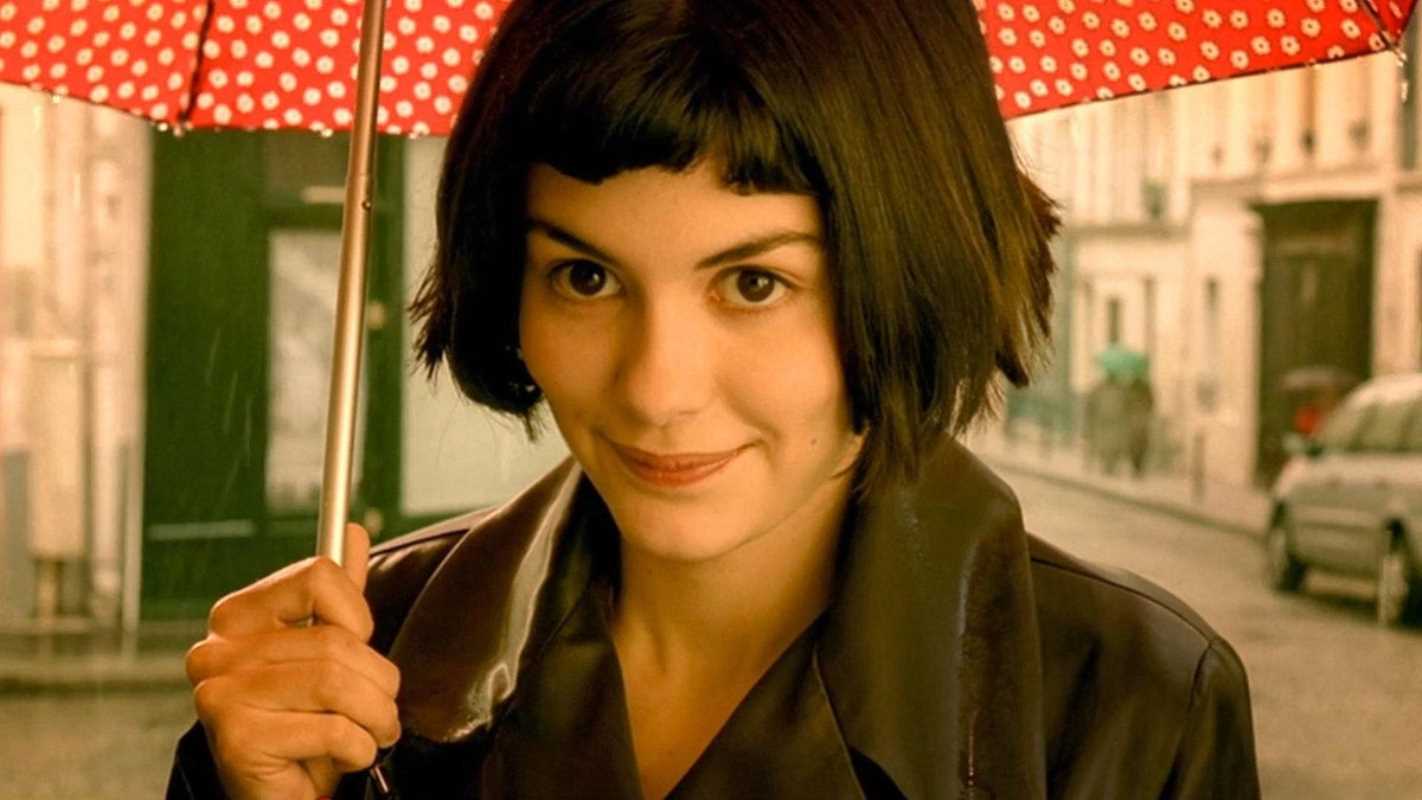In the cinematic arts, a historical distinction has often been drawn between the purity of an actor's performance and the technical artifice of visual effects. However, in modern filmmaking, this demarcation has become increasingly obsolete. The synthesis of performance and digital technology has given rise to a new form of character creation, where an actor’s nuanced work is not overshadowed but magnified by visual effects. This analysis will examine specific instances where visual effects technology served as a critical component in elevating an actor's performance, focusing on the seminal work of Andy Serkis in The Lord of the Rings, Zoe Saldaña in Avatar, and Josh Brolin in Avengers: Infinity War.
The Symbiosis of Performance and Pixels
The most successful integrations of acting and visual effects occur when the technology is designed to capture, rather than replace, the performer's contribution. The advent of performance capture technology has been instrumental in this evolution. Unlike traditional animation, performance capture records the actor's physical movements, facial expressions, and vocal delivery, translating these subtle human inputs into a digital character. This process ensures that the soul of the performance—the actor's choices, emotions, and intentions—remains the foundation of the final on-screen creation. The result is a seamless fusion where the actor's craft is the central pillar upon which the digital artifice is constructed.
Andy Serkis as Gollum in The Lord of the Rings (2001–2003)
Andy Serkis's portrayal of Gollum is arguably the definitive case study in the successful marriage of performance and visual effects. Before this role, characters of such fantastical nature were typically rendered through animation or puppetry, processes that often disconnected them from the live-action performances. Director Peter Jackson, along with the visual effects artisans at Weta Digital, pioneered a methodology that placed Serkis at the heart of the character's creation.
On set, Serkis performed opposite his fellow actors, clad in a motion-capture suit that recorded his every physical contortion. This was a critical decision, as it allowed for genuine interaction and reaction between Gollum and the other characters, particularly Frodo (Elijah Wood) and Sam (Sean Astin). Serkis's physical commitment was total; he developed a distinct, crab-like posture and a guttural, schizophrenic vocal delivery that defined the character's duality. The visual effects team then meticulously translated this performance onto the digital model of Gollum. Every flicker of desperation in Serkis's eyes, every twitch of his muscles, was captured and rendered with astonishing fidelity. The technology did not create Gollum; it provided the vessel through which Serkis's deeply psychological and physically demanding performance could be fully realized. This collaboration validated performance capture as a legitimate artistic tool and cemented Serkis's status as a master of the form.
Zoe Saldaña as Neytiri in Avatar (2009)
James Cameron’s Avatar represented a quantum leap forward in performance capture technology, creating an entire alien world and its inhabitants with unprecedented realism. Central to the film's success was the performance of Zoe Saldaña as Neytiri, a member of the Na'vi race. Cameron's "virtual camera" system allowed him to direct the digital characters in real-time within a virtual environment, providing a new level of integration between the live-action and digital elements.
Saldaña underwent extensive training to embody the physicality of Neytiri, learning archery, horseback riding, and a specific dialect developed for the film. Her performance was captured using a specialized head-rig that recorded every minute facial expression with precision. This technology was crucial for conveying the emotional depth of her character. The grace and ferocity of Neytiri’s movements, the intensity of her gaze, and the subtle shifts in her expression were all direct translations of Saldaña’s performance. The visual effects did not merely create an alien; they amplified Saldaña’s portrayal of a proud warrior and a compassionate leader. The seamless result allowed the audience to connect with Neytiri on a profoundly human level, despite her non-human appearance. Her performance demonstrated that emotional authenticity could be preserved and even enhanced through the most advanced digital means.
Josh Brolin as Thanos in Avengers: Infinity War (2018)
Portraying the arch-villain Thanos presented a unique challenge: creating a character who was both an imposing, god-like threat and a figure of surprising emotional complexity. The Russo brothers and the visual effects teams at Digital Domain and Weta Digital relied on Josh Brolin's performance to provide the character's soul. Utilizing advanced facial capture technology, they were able to translate Brolin's nuanced performance onto the massive, purple-skinned visage of Thanos.
Brolin’s work was essential in preventing Thanos from becoming a one-dimensional antagonist. On set, he performed scenes with his fellow actors, ensuring that the character felt present and integrated into the narrative. Brolin imbued Thanos with a weary sense of gravitas and a fanatical but sincere belief in his mission. The quiet moments of contemplation, the pained look in his eyes when sacrificing Gamora, and the subtle expressions of grief and resolve were all born from Brolin's choices. The visual effects team's remarkable achievement was in preserving the integrity of that performance at a colossal scale. The technology allowed every micro-expression from Brolin's face to be mapped onto the digital character, creating a villain whose motivations, however monstrous, felt comprehensible and deeply felt. The result was one of the most compelling and complex antagonists in cinematic history, a testament to the perfect synergy between a powerful performance and groundbreaking visual effects.
 (Image source: New Line Cinema)
(Image source: New Line Cinema) 





